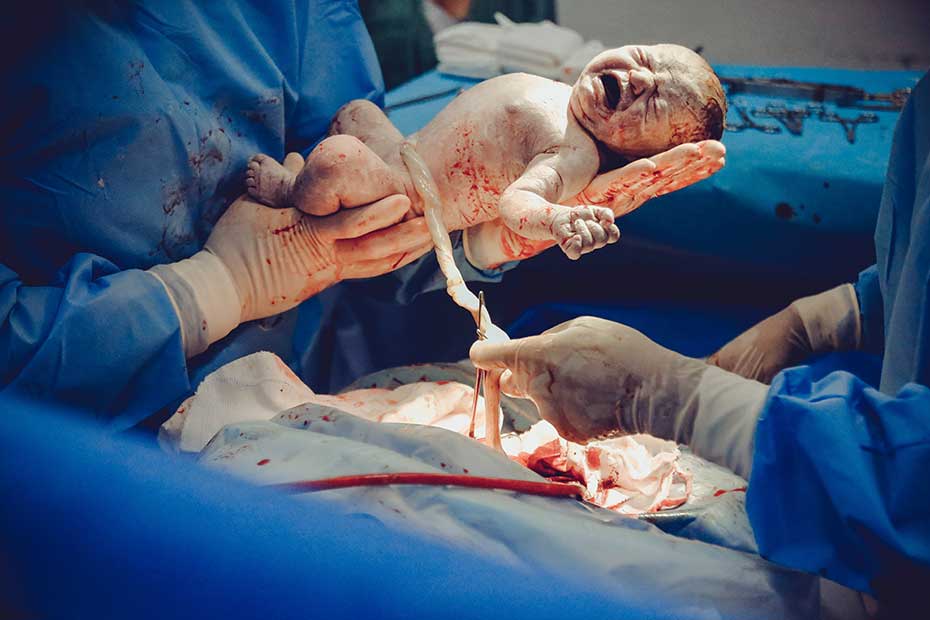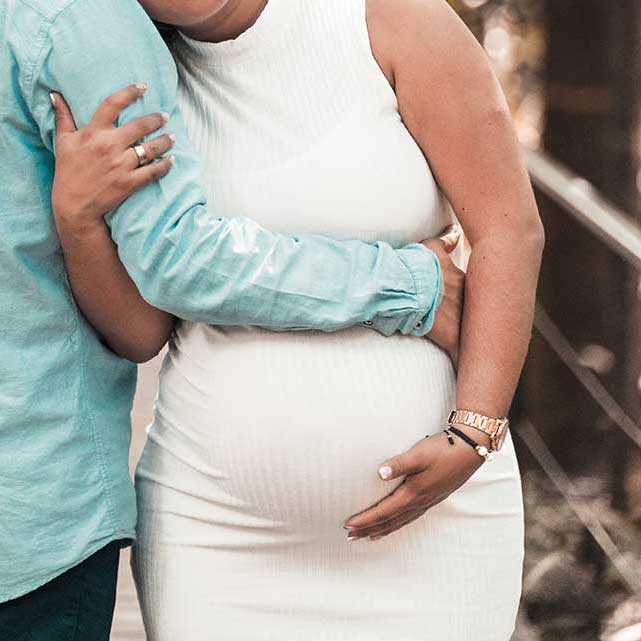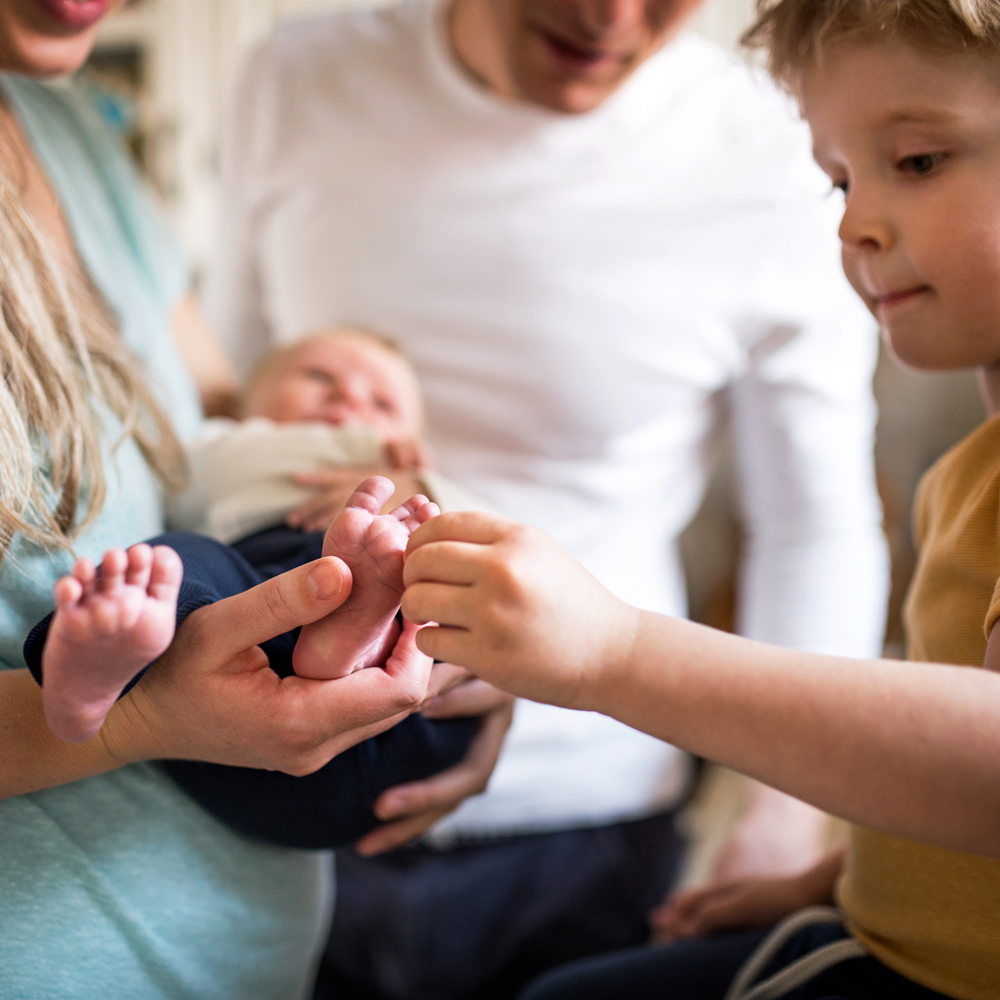What Happens During a C-Section

Whether you are having an elective or an emergency C-section, the surgical operation is generally the same.
Let’s look at what happens during a caesarean section birth, in terms of both the operation and the anaesthetic options that may chosen for you depending on whether you’re having an elective or emergency C-section.
Before a planned c-section
If you’re having a planned C-section, you will be advised of the time you need to arrive at the hospital. You won’t be able to eat any food for at least six hours or drink any clear fluids for at least two hours before the operation.
Once you arrive, you will meet the nurse who will give you the gown to get changed into for your surgery and see the obstetrician, the anaesthetist, and the midwife to have some checks done on you and your baby.
The procedure
Whether you are having an elective or an emergency C-section, the process is generally the same.
When you go into the operating theatre, it might seem like there are lots of people there but they are all necessary for caring for you and your pēpi at different stages of the operation. You will have an IV line placed, an oxygen monitor put on your finger, and a blood pressure cuff placed around your arm before the anaesthetist gives you the anaesthetic (usually a spinal or epidural). Once this has been put in, you will be helped to lie down on the operating table and you will have a catheter placed in your bladder as the anaesthetic will mean you lose the urge to pass urine. Before the operation begins, the anaesthetist will check that you are completely numb by seeing if you can feel a piece of ice and they will also do a pinch test to make sure the anaesthetic is working.
During the operation, you will feel some sensations such as pressure, pulling, or tugging but you shouldn’t feel any pain. As well as having your personal support person with you, the medical team is there to look after you and answer any questions you might have throughout your caesarean. A screen will be put up so that you can’t see the actual operation taking place but as soon as your baby is born, they will be held up for you to see. Your pēpi will be quickly checked and they will be given to you for skin-to-skin contact as soon as possible.
You are usually able to have one support person during your caesarean and are able to take photos of your birth.
Anaesthetic options
Birthing people who have C-sections are most commonly given a spinal or an epidural which allows you to be awake for the procedure. An epidural is a local anaesthetic that is injected into a particular space in the lower back via a tiny epidural catheter tube. This tube stays in place for the duration of the procedure, allowing the anaesthesia to be topped up when required. An epidural can take about 20 minutes to set up and up to 30 minutes to take effect. A spinal is also an injection given in a similar way to an epidural but is delivered in a single dose – it is quick to take effect.
A very small number of birthing people need to have a general anaesthetic for their caesarean, meaning they are not awake for the procedure. It is not used very frequently. If you have to have a general anaesthetic, your support person will not be allowed to be in the operating theatre during the C-section.
Postnatal Care
After the operation has finished, you and your baby will be taken into recovery to be cared for, unless there is a need for your pēpi to go to NICU. You will be given pain relief and the nurses and midwives will encourage you to breastfeed. You may also require additional medication while in recovery, such as antibiotics, blood thinning injections, oxygen administration, or IV fluids. Once you are well and stable, you will be transferred to the postnatal ward.
You will be advised to drink normally after your C-section, it’s important to stay hydrated. It’s also a good idea to have a light snack or a meal afterwards. Many people say they find getting up and moving around as soon as possible after their caesarean leads to a faster postnatal recovery. This is usually around 6-8 hours following birth, once your midwife has advised that it is safe for you to get out of bed.
If your pēpi is being cared for in NICU, you will be taken to visit them as soon as possible.



